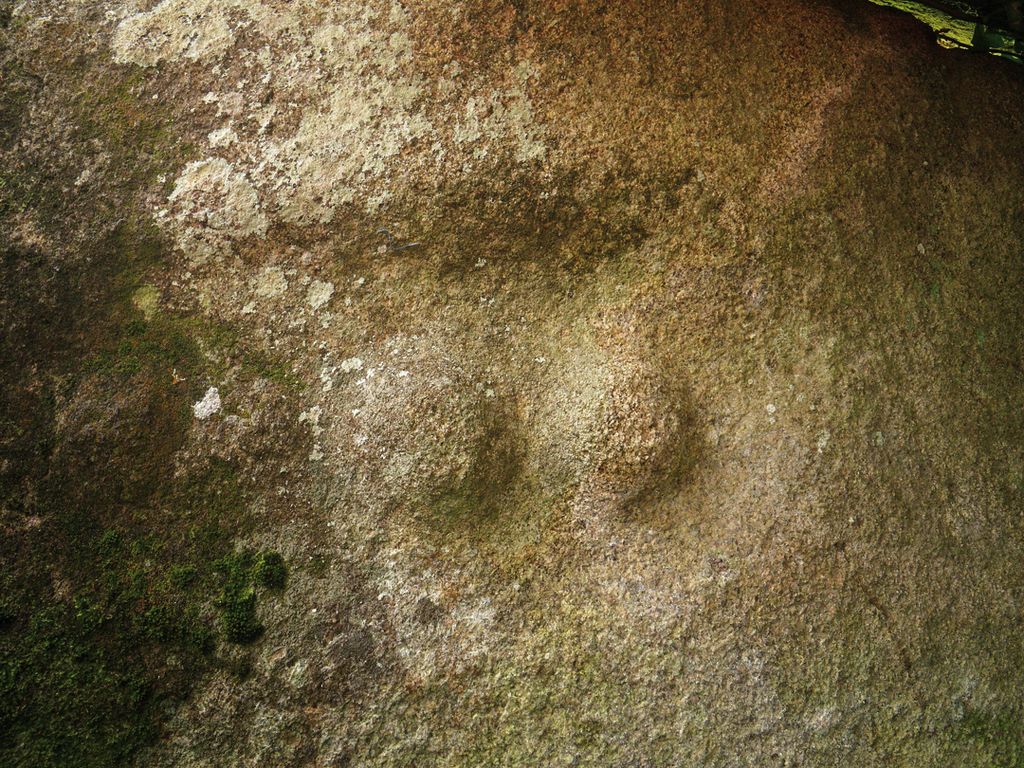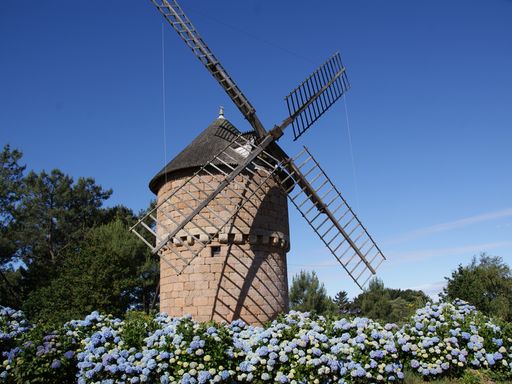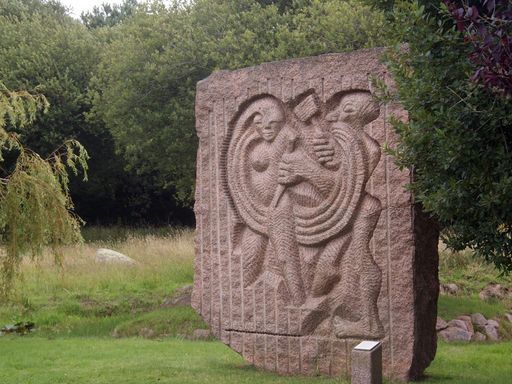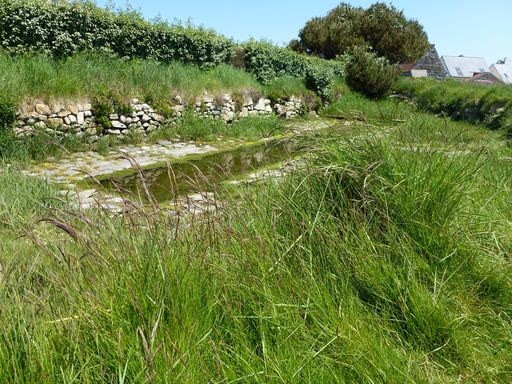
Prajou Menhir
Trébeurden

About
Probably dating from the third millennium B.C., Prajou-Menhir is the largest of the gallery graves in Trébeurden. It measures 14.5 metres in length and is made up of seven stone slabs. Did you know that its name means "Meadonws of the long stones" in Breton? Erected during the Neolithic period, gallery graves are megalithic monuments which would have served as collective graves. Over the centuries, they have seen other uses by successive generations of local inhabitants, who transformed them into shelters or storage for tools, for example. These carvings, on the upright stones of the gallery grave’s most difficult to access area symbolise breasts and the great Mother Goddess of Neolithic times.


La Lande du Crac‘h windmill
Perros-Guirec
Crac‘h windmill, restored in 1986, bears testament to an era before the steam engine. Close up, you will be able to make out the engraving "1727" in the stone, likely indicating its date of...  See
See


Christian Gad et Daniel Chee Park, and the Roche des Poètes
Perros-Guirec
This park is dedicated to the memory of two quarrymen and displays granite used in an unusual way. This noble material, the basis for unique poetic landscapes, has inspired many artists over the...  See
See


Lavoir at Run Losquet (Île Grande)
Pleumeur-Bodou
This large, traditional "lavoir" – an open-air pool or basin set aside for clothes to be washed – is located on Île Grande and dates from the nineteenth century. Two sources supply it and can be...  See
See


Prajou Menhir
Trébeurden
Probably dating from the third millennium B.C., Prajou-Menhir is the largest of the gallery graves in Trébeurden. It measures 14.5 metres in length and is made up of seven stone slabs. Did you know...  See
See



